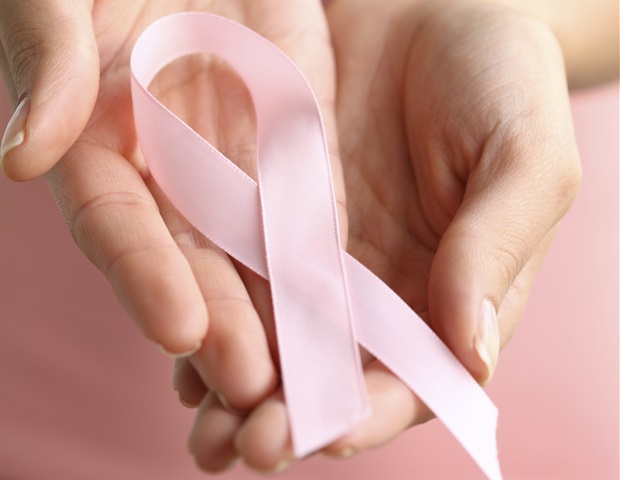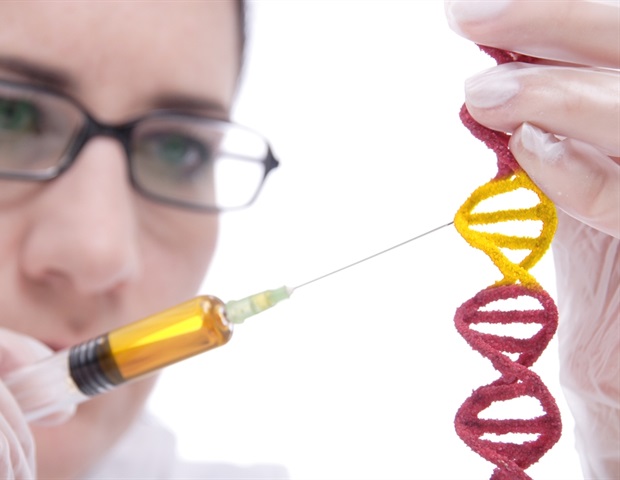Sweet trouble: The perils of juice and soda

It’s easy to reach for a glass of juice in the morning or a can of soda on a hot afternoon. After all, they’re widely available, taste good and are often marketed as energizing or refreshing. But behind the sweet allure of these sugary beverages lies a serious health concern that affects our endocrine system — especially when consumed regularly over time.Let’s begin with a common misconception that juice is “healthier” than soda. True, fruit juice may contain some vitamins and minerals, but both beverages are essentially liquid sugar. A 355 ml can of soda has around 39 grams of sugar — that’s nearly 10 teaspoons. A glass of orange juice? Roughly the same. The key problem lies not just in the sugar itself, but in the way it’s delivered — fast, liquid and in large amounts, without fiber or protein to slow its absorption.Hormonal whiplash: Insulin on overdriveWhen we drink soda or juice, the sugar is converted into glucose that then floods our bloodstream, prompting the pancreas to release insulin, the hormone that allows cells to take up glucose for energy or storage. But our bodies aren’t designed to deal with large sugar surges repeatedly throughout the day. Over time, this repeated insulin demand can lead to insulin resistance, a condition where the body’s cells become less responsive to insulin. It’s a key step on the path to type 2 diabetes.In children and teens whose beta cells are still developing, regular intake of sugary drinks has been strongly associated with early onset of metabolic syndrome. In adults, it not only raises diabetes risk but also worsens outcomes in those already diagnosed, making blood sugar harder to control..The vicious cycle of fructoseMany fruit juices and almost all sodas contain a type of sugar called fructose, often in the form of high-fructose corn syrup. Unlike glucose, which is used by virtually every cell in the body, fructose is metabolized almost entirely by the liver. When too much fructose is consumed, the liver converts it to fat, this contributes to fatty liver disease, a growing epidemic even among lean individuals.Worse, fructose doesn’t trigger insulin or leptin, the satiety hormone, as effectively as glucose does. This means that despite the high calorie content, sugary drinks don’t make us feel full. In fact, they often increase hunger, driving us to eat more, not less.Bones, hormones and beyondThe endocrine impact of sugary drinks extends further. Phosphoric acid found in many sodas can leach calcium from bones, weakening them over time. Teenagers who consume soda regularly have lower bone mineral density, putting them at greater risk for fractures and, later in life, osteoporosis.In women, high sugar intake has been linked to increased circulating levels of androgens, possibly influencing conditions like polycystic ovary syndrome (PCOS). In men, excessive sugar may be associated with lower testosterone levels and impaired reproductive function..The Philippine context: A growing concernThe Philippines is witnessing a troubling rise in obesity rates, particularly among younger populations. According to UNICEF, overweight rates among children aged five to 10 increased significantly from 10.4 percent in 2019 to 14 percent in 2022. Similarly, among adolescents aged 10 to 19, the rate rose from 10.7 percent to 13 percent during the same period.This surge in obesity is closely linked to the consumption of sugary beverages. The easy availability and aggressive marketing of these drinks have made them a staple in many Filipino households. Unfortunately, this trend is contributing to the escalating rates of obesity and related endocrine disorders, such as type 2 diabetes and metabolic syndrome.What should we drink instead?The healthiest beverage for most people remains plain water. For those who want a bit of flavor, adding slices of lemon, cucumber, or mint can help. Unsweetened teas, sparkling water without added sugar, or diluted fruit juices (at least 50 percent water) are better alternatives.Milk, especially for growing children, provides protein and calcium — though moderation is key. For those with lactose intolerance, fortified plant-based milks like almond or soy are good options as long as they are unsweetened.A national concernIn the Philippines, sugary drinks are an everyday part of life. From fast food combo meals to home meals paired with powdered juice drinks, our sugar consumption has quietly crept to dangerous levels. The implementation of the “sugar-sweetened beverage tax” was a step in the right direction, but the bigger shift must come from awareness and behavior change.Endocrine disorders develop over time, quietly but persistently. And the daily decision to pick up that bottle or can may seem small — but over weeks, months and years, those choices add up. As physicians, parents and members of the community, we need to educate and model better choices.After all, we don’t just eat with our mouths — we also eat with our hormones. Let’s give them something better to work with.



















